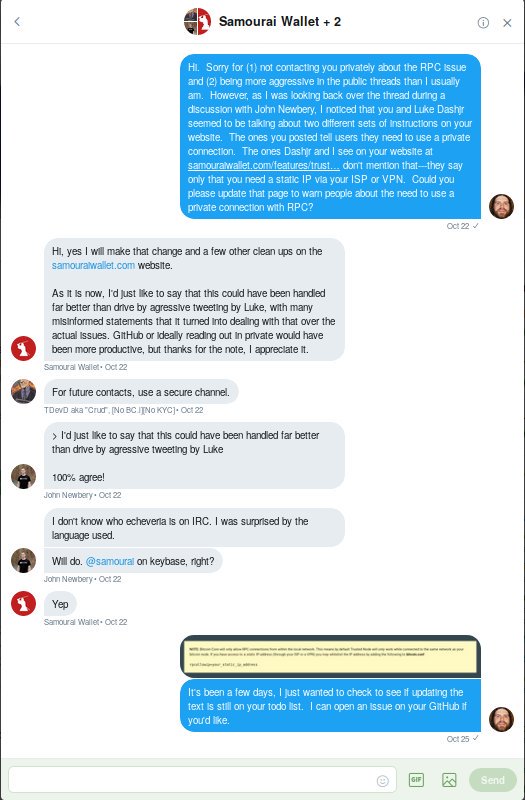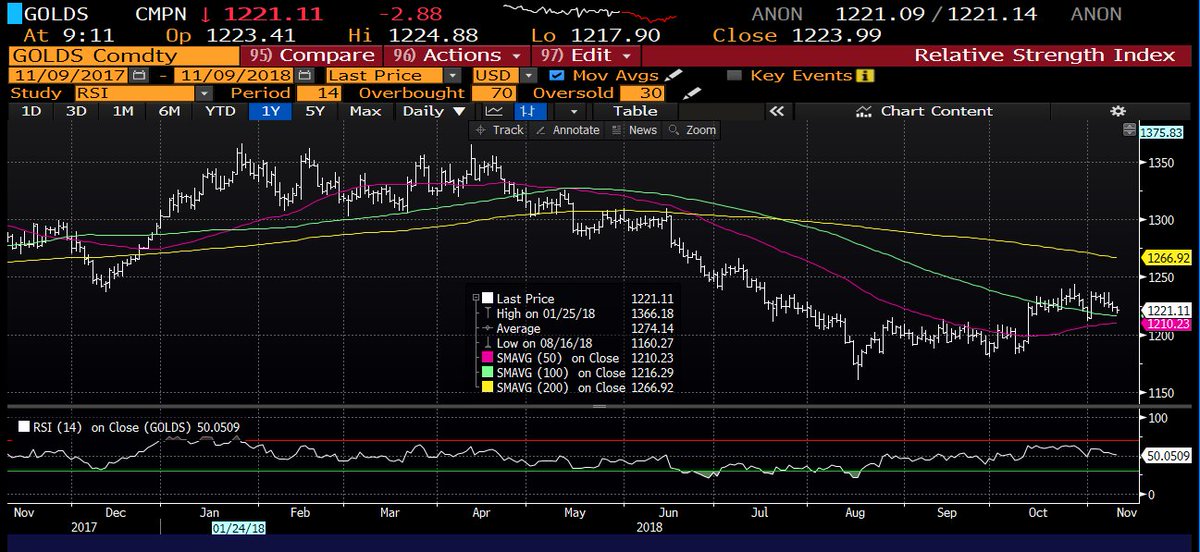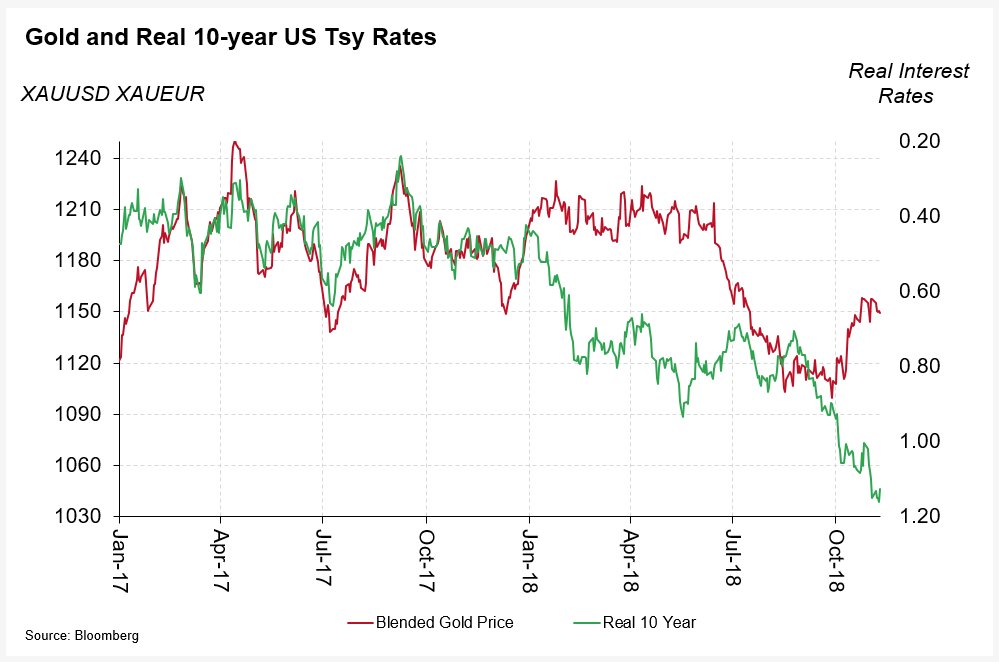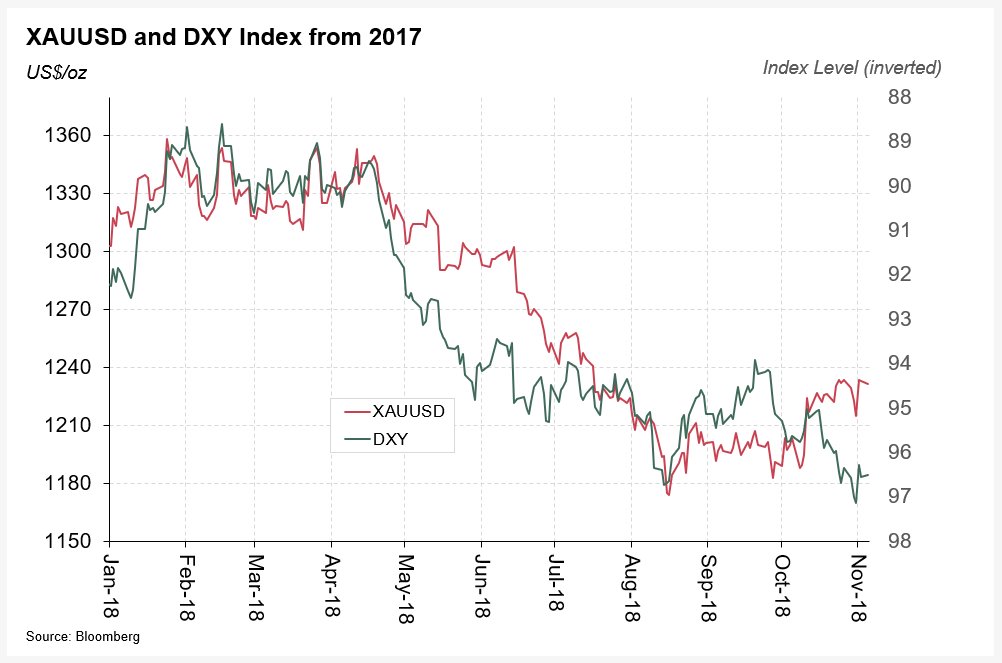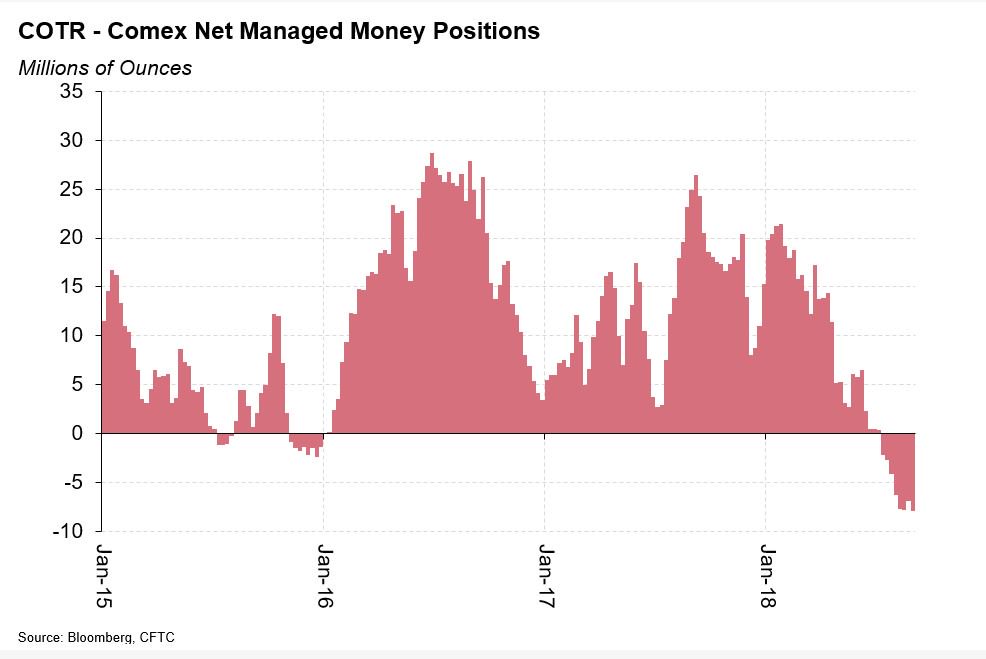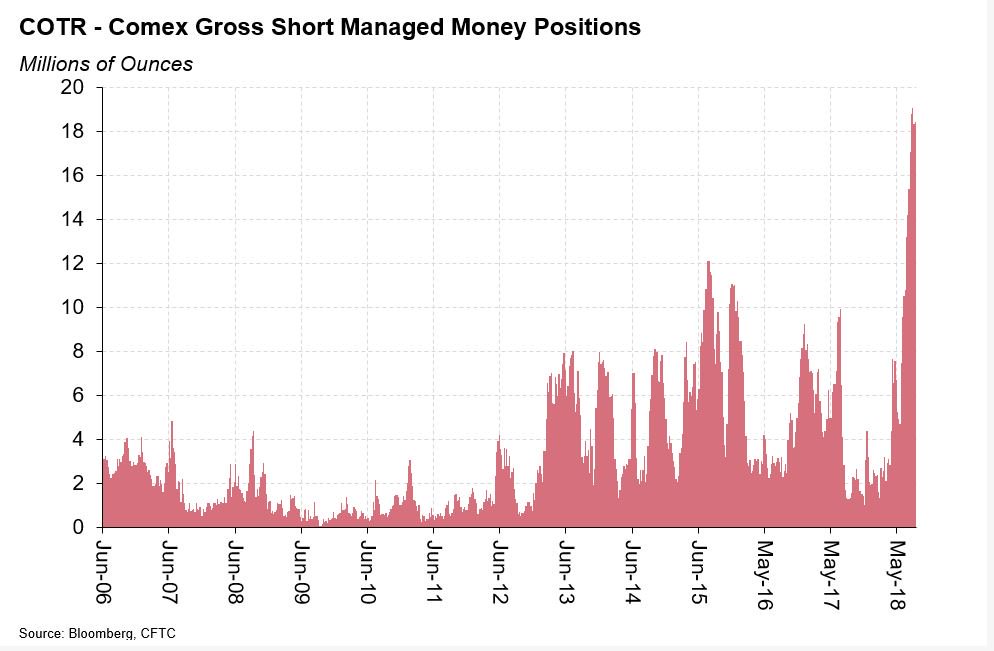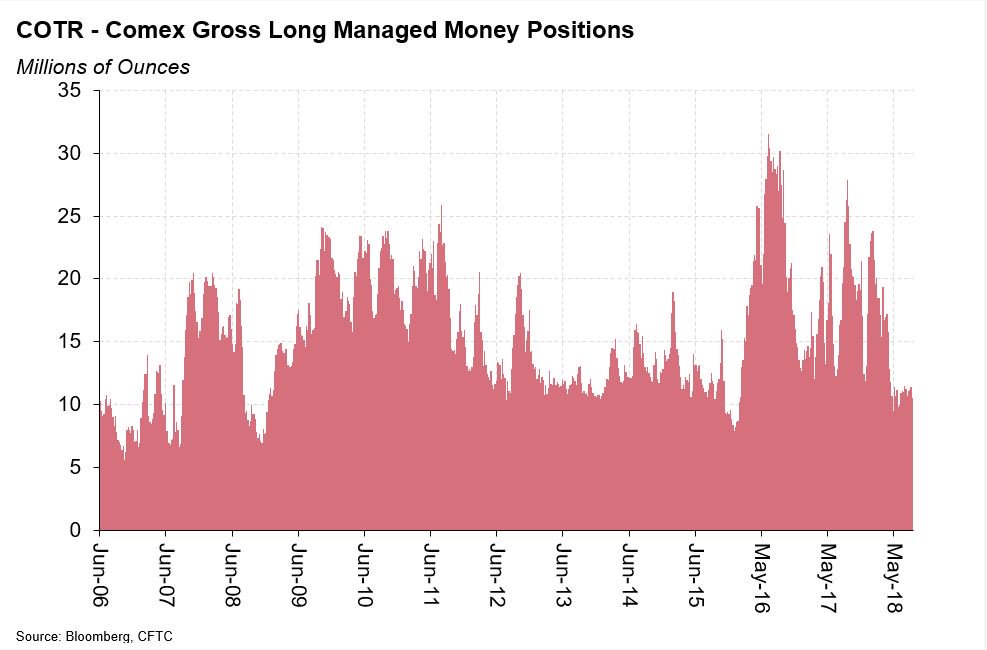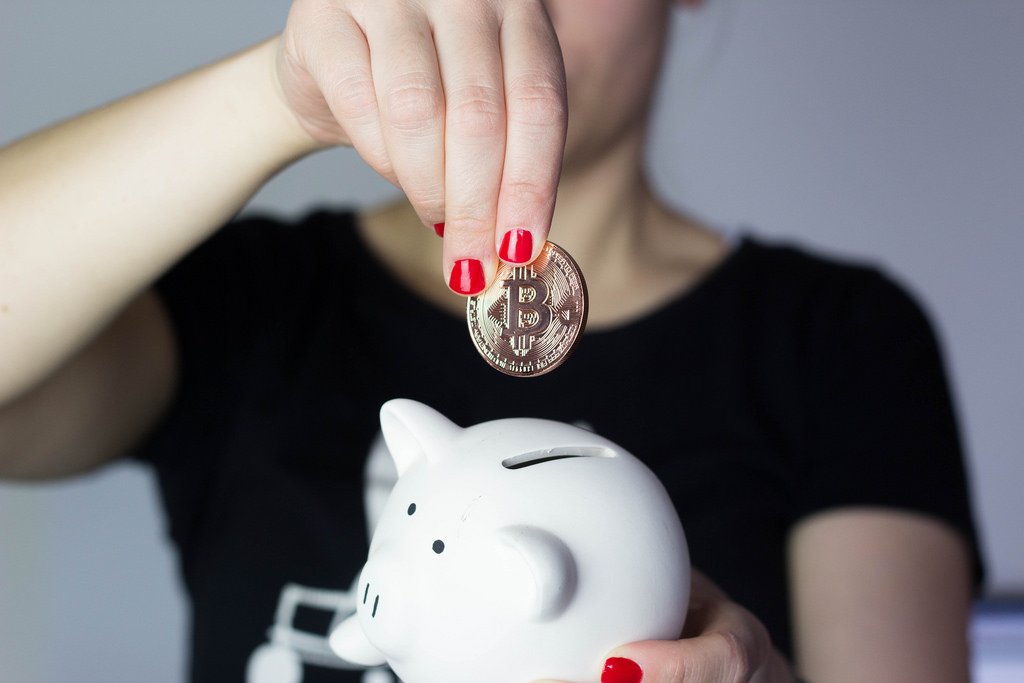- we shouldn't make full nodes harder to run, EVER;
- we should try to make full nodes easier to run;
- we should understand/explain the reasons to make extra-efforts to run full nodes.
We know what coinage does in the long run...USE THAT FUCKING HYDROSTATIC SCALE!!!


